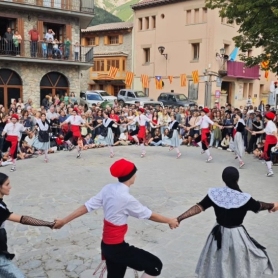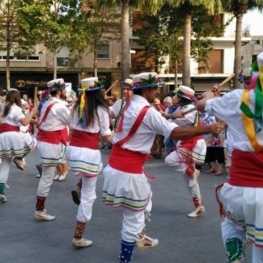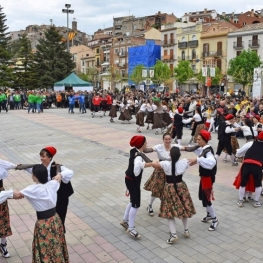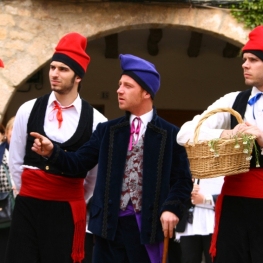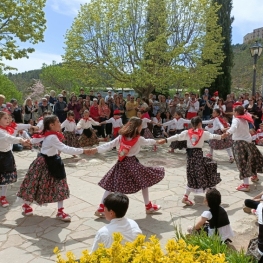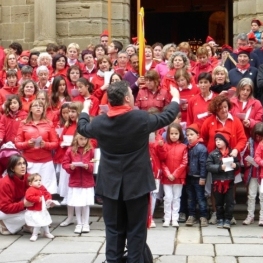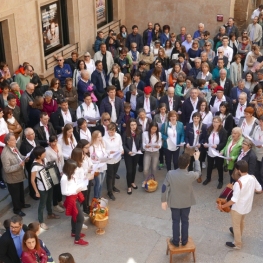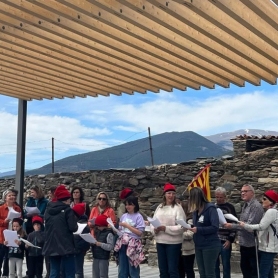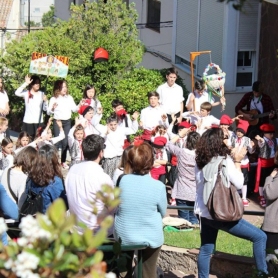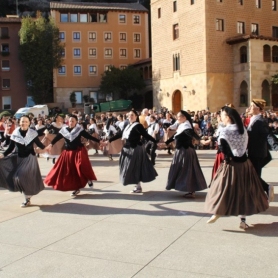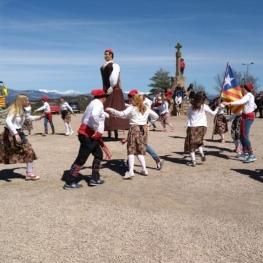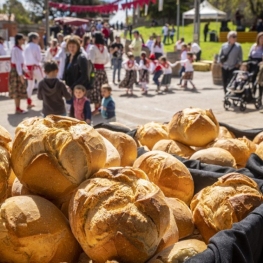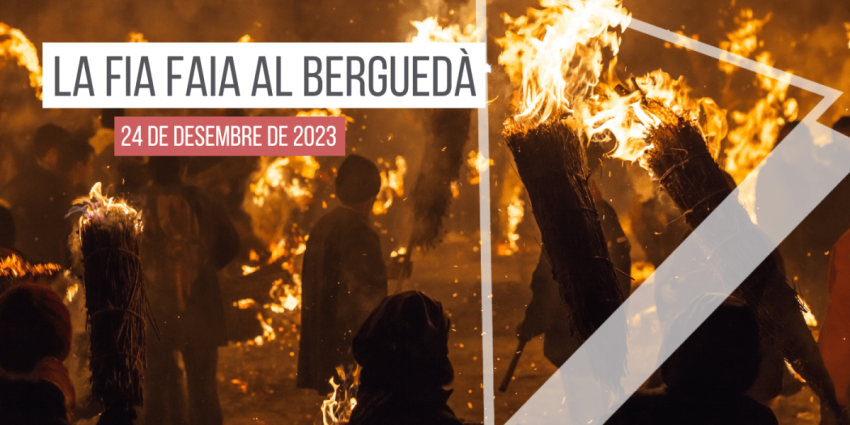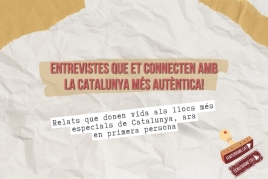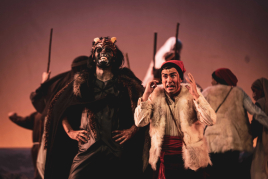Caramelles in Catalonia: A Living Easter Tradition
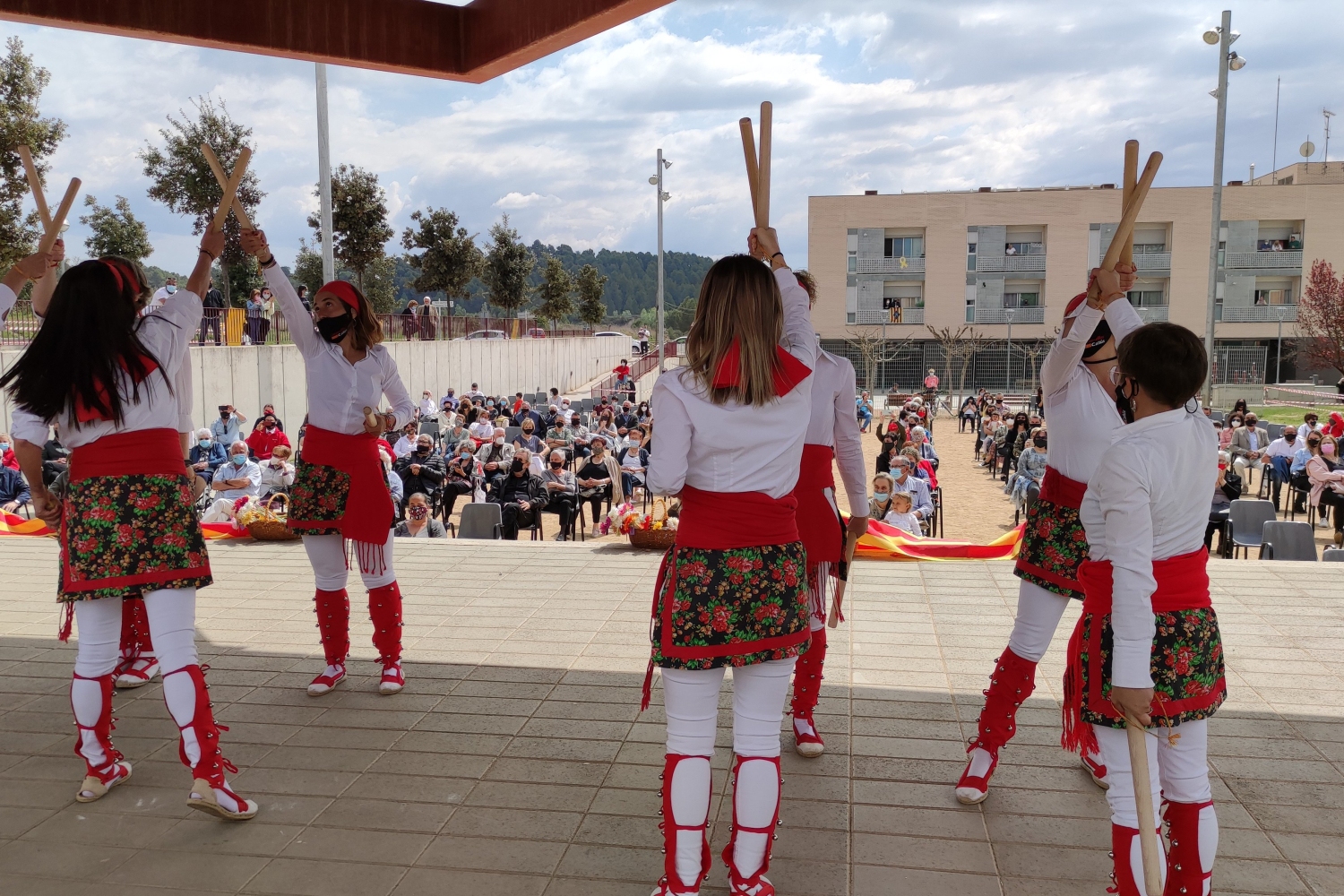
In the great variety of cultural traditions of Catalonia, caramelles occupy a special place. This ancient practice, rooted in the celebration of Easter, symbolizes community togetherness through music and song.
Every year, when Holy Week and Easter arrive, the streets and squares of Catalan towns and cities are filled with melodies and lyrics that date back centuries, although new songs that follow the traditional style are also incorporated.
The caramelles tradition is manifested with the presence of the caramellaires, groups of singers of all ages who gather to share this cultural heritage. With instruments such as the guitar, the accordion, and various percussion, these groups tour the corners of their towns, offering performances that are a window to Catalan history and culture.
The caramelles' repertoire is rich and diverse, covering themes such as nature, spring, popular stories, and even religious or social messages. The lyrics, often improvised and adapted to the local context, serve as a means of expressing joy, hope, and, in some cases, critical or satirical commentary.
A fundamental aspect of the caramelles tradition is the interaction with listeners. After each performance, it is customary for spectators to offer the singers a small financial contribution, or in more rural places, gifts of nature such as eggs, sweets or other foods. This exchange symbolizes not only gratitude, but also a form of support and preservation of this cultural practice.
The persistence of the caramelles tradition over time demonstrates its ability to adapt and its importance in the community. Although the years pass and society changes, caramelles remain a vital element in the celebration of Easter in Catalonia, keeping alive an invaluable part of its cultural heritage. In this sense, caramelles are not only songs, but also a vehicle of social cohesion, a link between the past and the present, and a testimony of Catalan identity.
Discover them!

